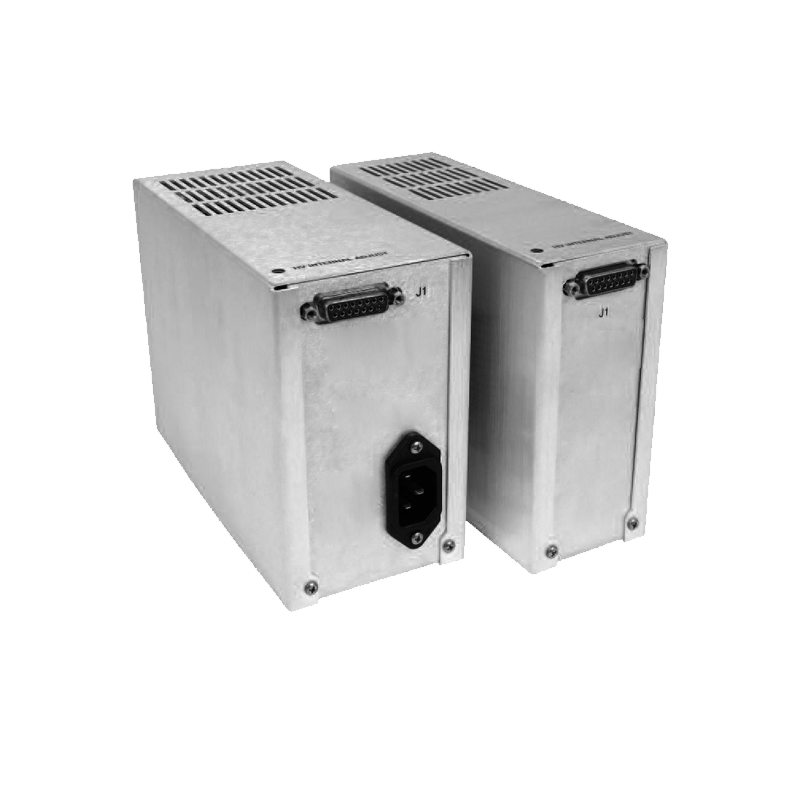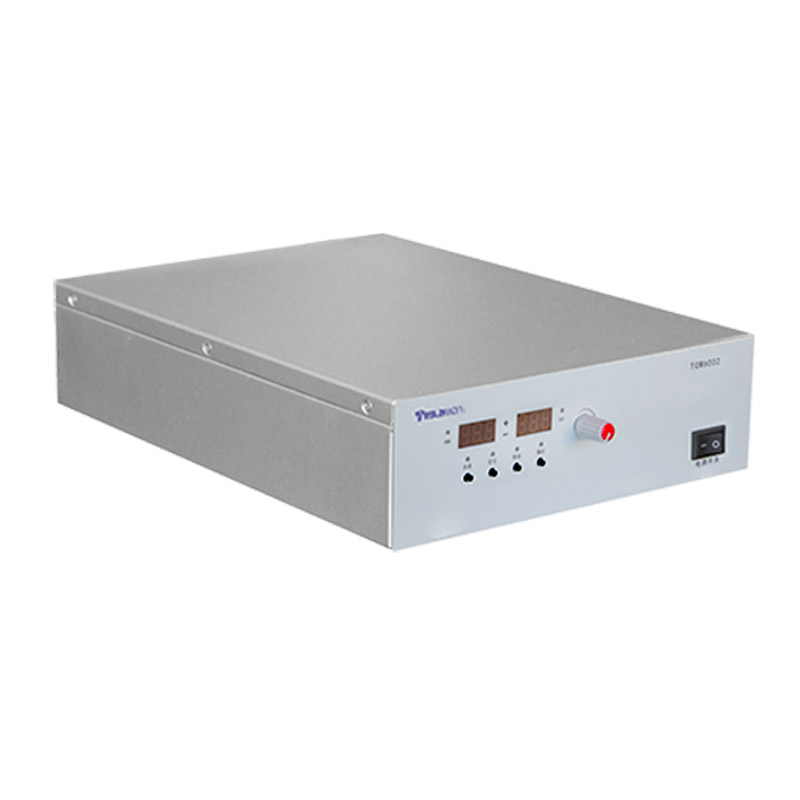Research and Application of High-Precision Feedback Regulation Technology for High-Voltage Power Supplies in Electron Microscopes
The imaging quality of electron microscopes is directly dependent on the stability of high-voltage power supplies. When beam voltage fluctuations exceed ±0.01%, image resolution can significantly degrade. Therefore, high-precision feedback regulation systems are central to high-voltage power supply design, requiring comprehensive solutions to key issues such as voltage drift suppression, dynamic response optimization, and capacitive load driving.
1. Feedback System Architecture
High-voltage power supplies for electron microscopes typically employ a multi-stage closed-loop control architecture:
• Voltage Feedback Module: A high-resistance voltage divider circuit (e.g., a resistor chain in series with parallel capacitors) steps down kilovolt-level outputs to low-voltage signals. Diodes and capacitors suppress high-frequency noise and surge impacts.
• Digital Control Core: High-precision ADC/DAC modules compare feedback voltage with set values. Error signals are processed by PID algorithms to generate adjustment commands. For example, a 24-bit ADC can detect voltage errors within ±1mV.
• Power Regulation Module: An amplification circuit based on MOSFETs or IGBTs dynamically adjusts the output voltage. Gate drive circuits must be optimized to prevent high-frequency oscillations caused by switching delays.
2. High-Precision Control Strategies
To meet long-term stability requirements, multiple control technologies are integrated:
• Adaptive PID Algorithms: Real-time adjustment of proportional, integral, and derivative parameters compensates for temperature drift and load variations. Experiments show this method limits voltage drift to 0.19% over 24 hours.
• Hybrid Modulation Technology: Combines PWM efficiency with linear regulation. A PWM front end handles efficient voltage conversion, while a low-dropout regulator (LDO) fine-tunes the output, achieving both efficiency and low ripple (≤0.5%).
• Time-Domain Analysis Algorithms: Real-time waveform feature extraction and consistency analysis detect anomalies. Output is automatically suspended if fluctuations exceed thresholds to prevent device damage.
3. Key Precision Enhancement Technologies
• Component Selection and Layout:
• Precision resistors with temperature coefficients ≤1ppm/°C and low-absorption capacitors minimize environmental drift.
• High-voltage and low-voltage circuits are partitioned, with shielded routing for analog signals to reduce crosstalk.
• Feedback Path Optimization:
• Integrated circuits replace discrete resistor networks (e.g., differential amplifiers with fixed attenuation ratios like 22:1). This avoids gain errors from resistor mismatches, improving initial accuracy to ±0.1%.
• Phase-compensation capacitors (e.g., Cf-Rf parallel structures) counteract phase lag from capacitive loads, ensuring system stability.
4. Challenges and Solutions for Capacitive Loads
Microscope cables and sample chambers act as large capacitive loads (hundreds of nF), causing charge/discharge delays and transient current surges:
• Dynamic Current Enhancement: Drive stages with peak currents ≥400mA support 10kHz high-frequency responses. Optocoupler phase-splitting isolation drives power NMOS transistors, creating symmetric charge/discharge paths for piezoelectric actuators (-300V to +300V).
• Soft-Start Protection: Control modules ramp up voltage over 200ms during startup to prevent inrush currents from damaging sensitive components.
Conclusion
High-precision feedback regulation for electron microscope power supplies requires synergistic innovations in circuit architecture, control algorithms, and process implementation. Future trends include deep learning-based nonlinear compensation, multi-channel integrated feedback systems (supporting 100+ parallel outputs), and ultra-low-drift materials (e.g., tantalum nitride resistors). These advancements enable power supplies to achieve long-term stability of ±0.005% at 10kV/10mA, laying the foundation for sub-angstrom imaging.




















